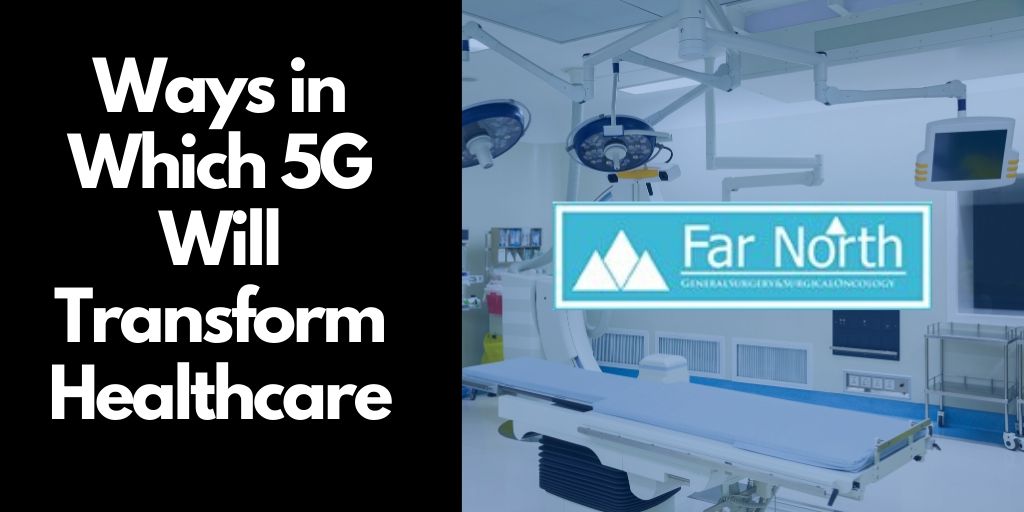


5G network technology will offer excellent and speedy connection power that can transform how healthcare is delivered. 5G technology can provide substantial benefits to healthcare industries. One of the best advantages is that a surgeon can perform remote surgeries by pairing an expert surgeon with a robot in different cities.
5G technology allows a skilled surgeon to have the robot perform surgery on a patient from hundreds or thousands of miles away. It makes this possible by cutting latency between devices and allowing surgeons to conduct procedures with precision and the right touch. 5G technology has the potential to improve the availability of healthcare and revolutionize robotic surgery.
Further, 5G technology allows:
The 5G technology will be in swing once the custom robots, networks, and software are created. These points will explain how 5G technology paves a way for transformation in healthcare companies:
MRIs and CT scans are usually very large files, which can be up to 800 megabytes. These scan reports must be sent to a specialist for review. Downloading these files with an existing network connection can take up to an hour. This means the patients need to wait for a long time to begin their treatment and providers can see only a few patients.
However, with 5G technology, these scan images can be downloaded within a minute, allowing for a quick diagnosis and treatment. The scan report is on the way to a specialist as soon as the patient leaves the scan center. This improves access, quality of care, and benefits for patients and providers.
Healthcare industries use the internet of things (IoT) to connect various medical devices to wireless networks for monitoring patient vitals, consolidating the reports into electronic charts and sharing the files among their medical staff. Other things are also connected to wireless networks including beds, pill bottles, and medical carts.
The number of connections can easily overwhelm existing wireless technology. Wi-Fi can handle up to 250 connections per access point and 4G LTE can manage thousands. However, 5G technology is designed to handle millions of devices. You do not need to wait for 5G technology to connect a large number of medical devices.
5G chipsets are still in their beginnings, so many healthcare facilities continue to use several wireless technologies to power their IoT strategies including 4G LTE, Wi-Fi, LTE-M, and Narrow Band IoT. The type of chipsets and bandwidth needs are defined by the requirements of devices.
For example, you will require higher bandwidth like LTE or 5G if you want to use 4k video as a sensor to monitor which staff are unlocking medicine cabinets. You can use Narrow Band IoT and LTE-M if you just want to track the location of a connected medicine box.
Most companies say that fiber will be faster than 5G. However, a healthcare facility needs both. A multi-hospital system requires fiber technology to interconnect various locations to a network, which can share data reliably and securely. You can power your cellular and in-building 5G networks using fiber technology.
However, fiber has some limitations in mass connectivity. You cannot run fiber to a pillbox or mobile medical cart that you are trying to track. When lower-latency applications, mass connectivity, and demands for the speed increase, the need for 5G technology will also increase.
Healthcare facilities can improve the patient experience, quality of care, and reduce the cost of care by implementing 5G technology. 5G technology allows providers to offer more preventative and personalized care rather than just treating patients’ conditions.
Contact us today or visit our Alaska cancer treatment center if you want to learn more about our robotic surgery procedure that uses 5G technology.